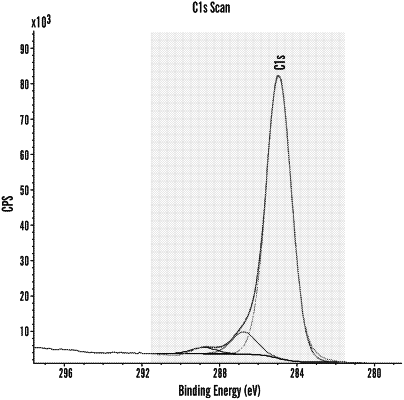| CPC C07K 17/08 (2013.01) [C08L 25/06 (2013.01); C08L 83/04 (2013.01); G01N 33/54393 (2013.01); G01N 33/545 (2013.01); C08K 5/05 (2013.01); C08L 2203/02 (2013.01)] | 22 Claims |

|
1. A method of making a substrate having an entity attached thereto, the method comprising:
i) contacting the substrate with a CO2 plasma to form a modified substrate comprising a plasma-generated-moiety (PGM) comprising a carboxylic acid group, wherein the substrate comprises polysulfone (PS), polyarylethersulfone (PAES) or polyethersulfone (PES); and
ii) contacting the entity with the modified substrate under conditions sufficient for attachment of the entity to the modified substrate; wherein step ii) contacting is performed for about 4-16 hours;
thereby making a substrate having the entity attached thereto,
provided that
the entity comprises a lectin; and
provided that:
the modified substrate is not contacted with a crosslinking moiety of derivatized with a crosslinking moiety, prior to attachment of the entity;
the modified substrate is not contacted with an organic solvent prior to attachment of the entity; and
the entity is contacted with the modified substrate under aqueous conditions.
|